When implementing changes in your organization, never underestimate the importance of communication in making the transition successful. Whether the change affects one unit or the entire organization, it is important to remember the components of communication and understand the process of change management.
Communication is a two-way process of reaching mutual understanding in which participants not only exchange (encode-decode) information, news, ideas and feelings but also create and share meaning. Communication is a means of connecting people or places. In business, it is a key function of management. An organization cannot operate without successful communication between levels, departments and employees.
Change management entails thoughtful planning and sensitive implementation, and above all, consultation with the people affected by the changes.
Before you can communicate change, it is important to understand your audience and anticipate the questions they may have and the range of emotions they may experience. There are various models of change management but all have some continuum of stages that people go through in response to change including denial, resistance, adaptation, and acceptance of the new process / model.
Beyond just understanding your audience, when feasible you should involve employees and get their input prior to a change. For example, offer a range of choices of a shift change to see which option is more acceptable and why. Being transparent with business results and required changes will help employees feel more a part of the process. Lastly, creating a culture of being open to ideas from employees can help during a change process.
There are many different types of changes that can occur in organizations, and the breadth, depth, and types of communication required will vary based on circumstances. The key is to communicate change early and often. Other important steps include helping employees understand why the change is necessary, the options you considered and why, and soliciting feedback and clarifying for employees. You want to help employees gradually move from questioning the need for change and being resistant, to understanding, adapting, and accepting, recognizing that the adaptation to change is a journey that employees (and management) may approach differently.
For resources on this topic, go to:
http://www.mindtools.com/pages/article/newPPM_87.htm
http://www.businessballs.com/changemanagement.htm
Goals for Communicating About Change | Human Resources at UC Berkeley
Catapult also offers classes on change management; Leading Through Change. Contact Catapult at 919-878-9222.
Written by a Catapult Advisor

